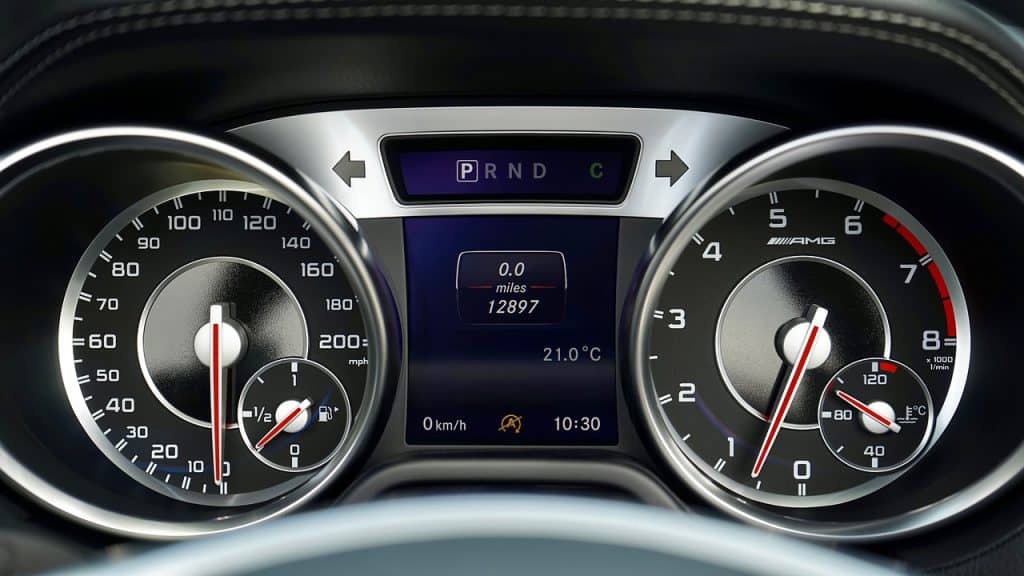

“Speeding causes more than a quarter of all crash deaths every year, accounting for more than 12,000 lost lives in 2021,” said Jessica Cicchino, vice president of research at IIHS. “In-vehicle technologies can be an important part of the solution.”
ISA uses a camera that reads posted signs or GPS mapping software to identify the prevailing speed limit and alerts drivers when they’re going too fast. Some systems also discourage speeding more aggressively by reducing power to the engine once the driver crosses the limit.
For all U.S. drivers, the coalition’s Accelerating Technology Working Group recommends warning-based, or “advisory,” ISA systems as a starting point. Such systems will be required for all new vehicles in the European Union in 2024. For commercial operators and public fleets, the coalition recommends promoting ISA or speed limiters, which prevent the vehicle from exceeding a preset maximum speed. Some organizations already use one or the other, and the goal is to increase the number of fleets that embrace the technologies.
Led by the National Safety Council, the Road to Zero Coalition is committed to reducing traffic fatalities to zero by 2050. IIHS is a member of the steering group, along with various industry associations and safety organizations.
Echoing the recent recommendation by the National Transportation Safety Board, members will also urge the National Highway Traffic Safety Administration to set performance standards for ISA technology that at least provides a warning when the vehicle exceeds the speed limit, require all new vehicles to be equipped with ISA, and add an ISA evaluation to the New Car Assessment Program.
The working group also recommended steps to promote both technologies for high-risk groups like repeat speeding offenders and teen drivers. Teens are more likely than any other age group to be speeding when they are involved in a crash. Cars driven by repeat speeding offenders and teens could be equipped with aftermarket ISA systems that reduce power to the engine. Smartphone apps and in-vehicle systems that warn drivers when they exceed a preset speed could also help curb teen speeding.
The Road to Zero Coalition will offer more details about their recommendations in a webinar on Jan. 23.